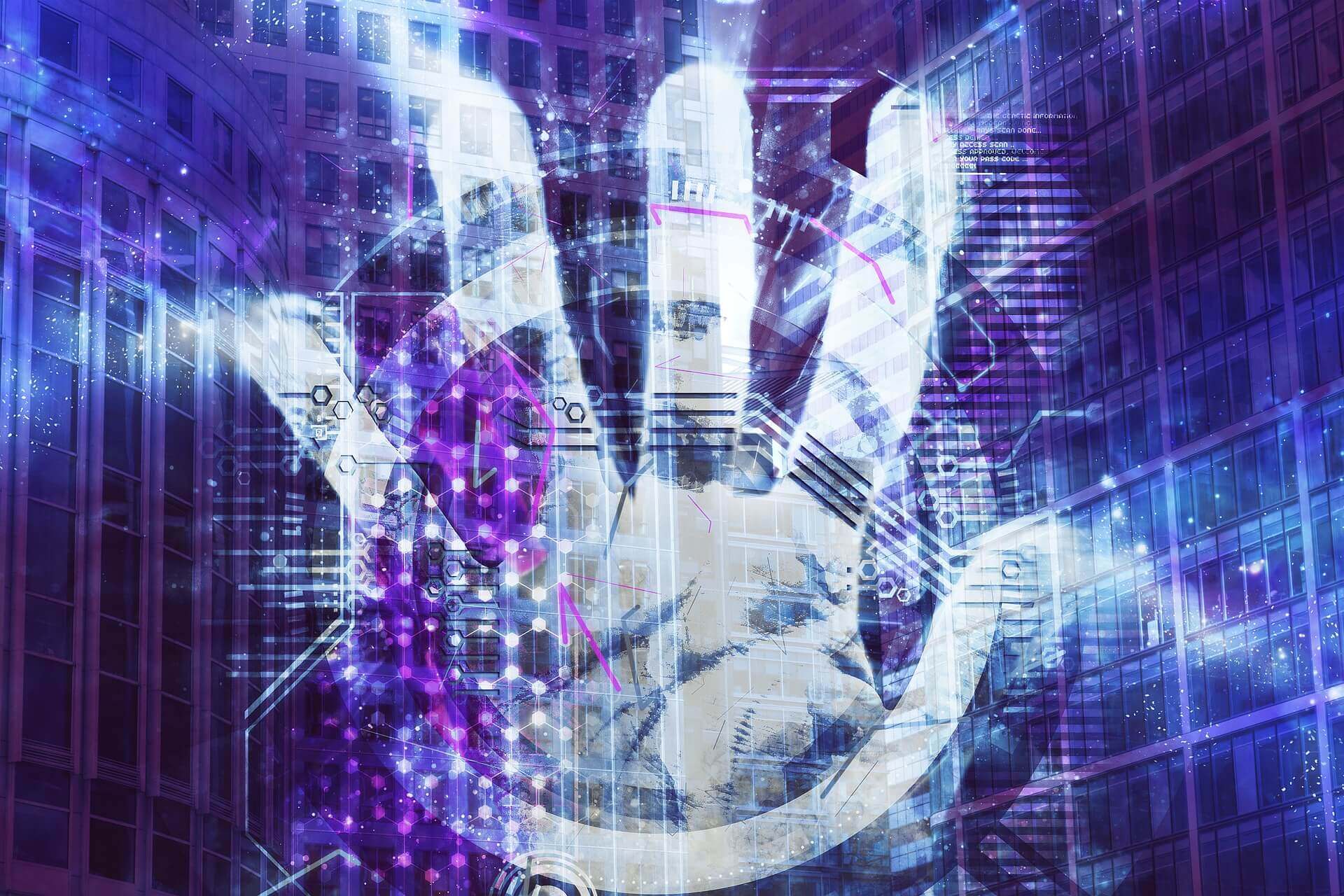Although computers and shared networks were created to make people work and collaborate with others better, people are also the ones who put the systems at risk. Just ask System Administrators (or SysAdmins) and cybersecurity professionals about all the virtual fires they need to extinguish daily.
System Administrators are charged with managing users of a specific network using cybersecurity user management. This tool helps keep users in check and monitors their activities on the network.
For example, when a new employee joins an organization, the SysAdmin will create a new user for that employee on the organization’s network so they can access the network to conduct their work. Because of the user’s unique user access, the SysAdmin can monitor the user’s activity on an ongoing basis.
When the employee leaves the organization, the SysAdmin will disable the user account, preventing the ex-employee from accessing a network they are no longer privy to.
Network Admins use access control to grant or restrict sections of the network to specific users. It authorizes and controls user permissions.
But why is it crucial to monitor and even restrict some users from specific networks? Why is it necessary for Systems and Network Admins to keep such a close check on user activities?
With Greater Access Comes Greater Risk
Every cybersecurity professional needs to be wary of blindly trusting any network users. Most workers these days use computers and networks on a daily basis, yet most are unaware of the harm they could cause a local server or a company’s network.
Whether intentional or unintentional, users could enter a restricted area of the organization’s network or accidentally grant access to outside parties. Such security breaches could compromise the user’s account or even the entire network.
The larger the network and the number of users, the more serious the risk. Large networks can include those of universities, hospitals, city services, and even the federal government, which have thousands of users on their systems daily.
IT and cybersecurity professionals need to trust the systems which are designed to withstand unauthorized access, trust the employees who use those systems daily to perform their ongoing work, and be vigilant in monitoring and protecting the system from various threats.
In most cases, these professionals are the system’s first line of defense.
Multiple Access Points
To log in to their workplace’s network, workers don’t need to physically be in the office. More and more workers access networks remotely from multiple sources: on-site, mobile, VPN, etc.
As such, today’s threat detection programs must be able to quickly respond to multiple remote access points. This makes SysAdmins’ jobs even more complex than before, as they need to constantly monitor and test user management and access control systems to ensure they are always up to date and cover a wide range of networks and devices.
Passwords
We’ve all been told about the importance of strong and randomized passwords and are even nudged by our automated password generators to create stronger passwords. That’s because weak passwords equal a weak and easily penetrable system. Creating a strong password involves much more than just avoiding these overly common passwords; it requires thinking like a hacker.
Healthy user management tools require strong and hard-to-guess passwords and ensure that users update them all the time (approx. every 90-120 days). Since a weak employee password can put an entire network at risk, it is crucial to constantly remind users of this risk. In addition, it’s best to require workers to have different passwords for different areas of the network.
This makes it harder for hackers to gain access to the full system should they get into a single access point.
Social Media and Access Control
Many workers view social media at work. But don’t judge them too harshly; it’s not only because they need a mental break from the daily grind. At least 34% of employees use social media for work purposes.
Even if you have Facebook open on your screen for work purposes, it’s important to remember that hackers often try to gain entry to a secure network by way of social media.
Since it might not be easy to gauge whether a random friend request from someone who liked your company’s page is a hacker in disguise or not, both users and SysAdmins must be vigilant.
Ongoing Monitoring
Managing users on a network is a full-time job. Consider the mass of activity going on in a large organization daily.
For example, a company that employs 500 staff members in 12 offices, located in three different countries, with top-level executives and a sales team who travel internationally, cannot allow for inconsistent spot-checking. Network Admins must have strong tools to ensure the safety of their networks, but tools are not enough.
Managers and their workers are the ones who must keep on the lookout for any anomalies and keep the system in check.
The Human Factor
As networks become more complex and contain more data, organizations require more SysAdmins and Network Admins to keep their info secure.
Growing reliance on these networks means a steady growth of careers in the cybersecurity field.
Think you have what it takes to become a cybersecurity defender? Read more about our Cyber Defense Certificate program to learn what you can accomplish in less than one year.


